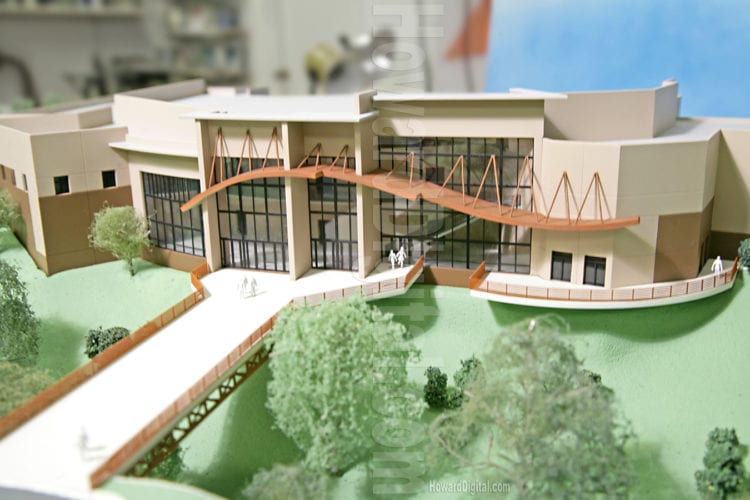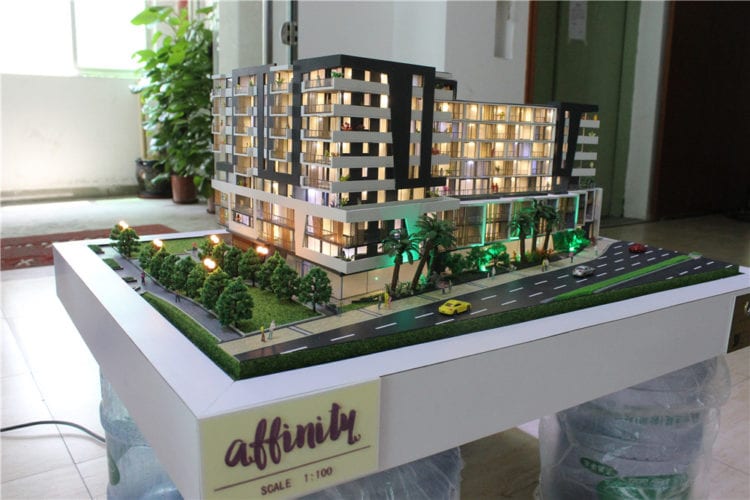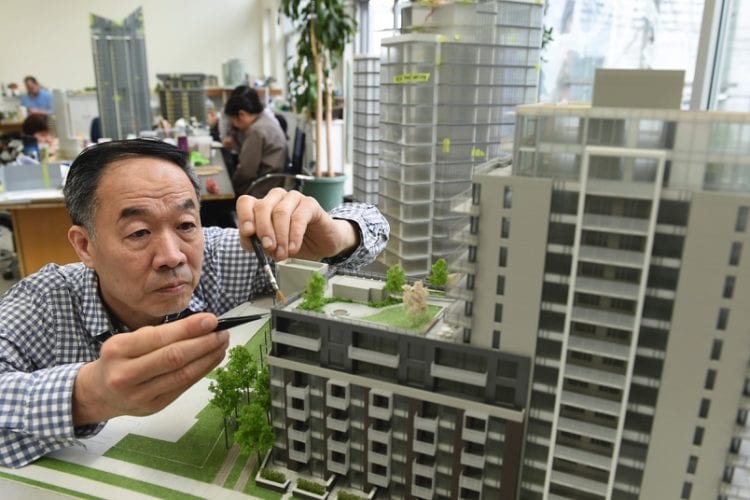When it comes to building 3D architectural models, you should know that there are no shortcuts you can take. It will take a little bit of talent, however, it will take a lot of willpower and a hundred, if not thousands of hours of practicing. Although you cannot take shortcuts and skip steps in the process, there are some tips and tricks that can make everything easier for you.
If you are looking for some tips for building architectural models, you might find this article quite helpful. The text below will feature some basic tips that you should keep in mind, but, it will also feature tips that can help you improve your entire project. Let’s take a closer look at the tips:

1. Totally Understand The Program You Are Using
The program you choose will be your most essential tool in creating all your projects in the future, and that is why you should first learn everything there is about it. Now, when it comes to determining what the best software is, there is really no answer to this question, especially since each person chooses a program that they feel comfortable working in.
If you are just starting out, you can begin with an open-source 3D modeling platform that is functional and flexible, and one that will not take a big chunk out of your budget. Once you start feeling comfortable with the basic platform you chose, you can also choose to invest in a program that is more advanced and that has more features.
2. Never Rush The Process
Trust me when I say it, rushing will be your worst enemy. Once you start working on your project, you can easily see that it is not as simple as it sounds – and that is why you should go to the process slowly. Especially since it will allow you to understand everything better, and you can ensure that your project is error-free.

3. Begin With Creating Simple Items
You should think about modeling as learning a new language. You start slow by learning the alphabet, and short words, and when you reach the difficult part that puts together your knowledge. The same goes for working on 3D items. Hence, begin your journey by modeling simple items such as pyramids and cubes.
Designing simple items will allow you to learn the basics and you can easily feel more confident. Once you feel more confident in your skills and knowledge, the easiest thing you can do is move on to objects that are more complex and difficult to form. This can teach you about what steps you should take, and you can improve your overall modeling skills.
4. Learn What The Printer’s Build Area is
If you want to print out your model, you must learn the exact size of the build area of your printer. This can ensure that your designs can fit during the printing process. Additionally, you will need to know the size if you need to precisely cut the larger models into several pieces. If you want to see a complete guide on building 3D models, you can read more about it here.
5. Ensure That You Can Actually Print Your 3D Files
Now, this is a step that you cannot miss or forget. There is a wide range of printable file formats, and the most commonly used ones are OBJ and STL. Once you convert it into the file format that you want, you must check the file for errors. If needed, correct the mistakes and make sure that the output is what you chose. Once you ensure that it can be printed, then you can share your project on various websites and forums, hence, you can start making money from your projects.
6. Overhangs Will Need Support
If the project you are working on features an angle that is larger than 45-degrees, you should know that it will need support. If not, the model can easily fall apart and collapse when it is printed. Although these supports are difficult to remove at times, it is advised to have support with complex models that can keep the design safe.
7. The Surface Quality is Important
Rendering is a mysterious thing and due to how it works, it will also impact your design. This is why you should be cautious and look for any fields that are bent, as well as any pinches or bumps that might be present. These are some of the signs that the topology does not support the construction of the item you are modeling.
When you are working on the exterior, choose to utilize a loop of quads around any and all sharp parts or features that you consider to be important. You should only utilize N-gons on flat areas, and definitely avoid using triangles until there is a good reason for utilizing it.

8. Keyboard Shortcuts That Will Save You Time
Although you cannot take shortcuts when you are working on a project, you can, in fact, use keyboard shortcuts that can save you loads of time. Knowing what the keyboard commands are will make the process easier, and it will also make it easier to use the software you chose.
That is why you should learn and use keyboard shortcuts. If you use the on-screen commands only, you’ll lose a lot of time. To begin with, you should start with the default shortcuts that are available in almost all modeling programs. Later on, you can optimize the shortcuts to fit your style and the requirements of your project.
Conclusion
As you can see, there are various tips and tricks that can help you with the process of building a 3D architectural model. The tips mentioned in the article above will make the entire process easier, less time-consuming, and naturally, less overwhelming for you. So, now that you know what you should focus on, do not waste any more time. Instead, open the software you have, and start working on your project while implementing some of the tips from above!

